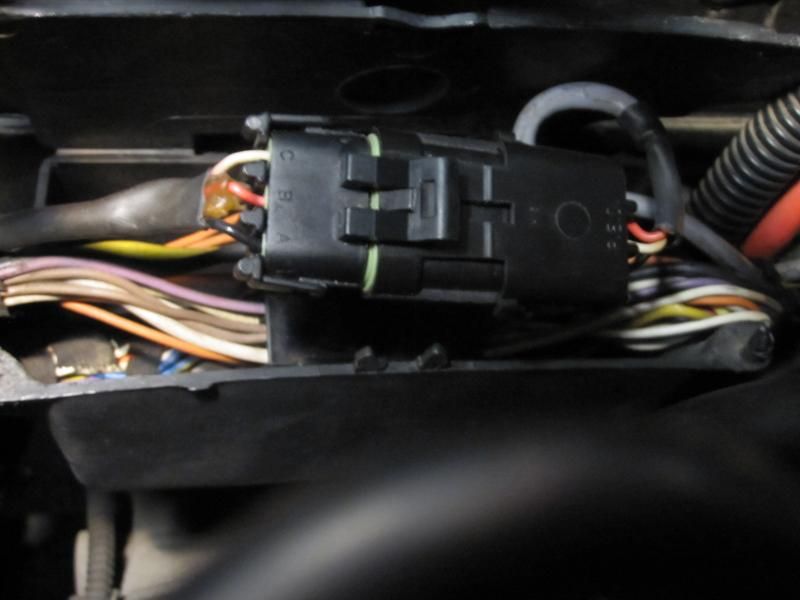As I was passing my Friendly Renault Garage this morning, I decided to check to see if Renault was still able to supply the speed sensor for these Alps ..... and guess what .... They tell me that, although not available in England, they are still listed in France at around £113. But they are quite confident that they are still available..... possibly with the round connector fitted, but that is not a problem.
That being said .... and following Lee's comment ...
"My recent digging would suggest that the sensors are quite robust and rarely fail" .... this is exactly the same view as I have held and posted in the past. However, my thinking has changed. The reasoning for this is.
Having done a resistance check on my speed sensor and come up with a reading of 1.6 ohms for a known good one, Looking back on Lee's readings of 2.7 to 3 ohms, and Ryan's of 2 Ohms ....... It occurs to me that they have a tendency, over usage and time, to seem to go high resistance. Now as these items are made in mass production, it is the amount of wire used (length) that sets the resistance.
I just cannot see that the in production, up to nearly twice the amount of wire is wound around these magnetic cores. I would suggest that probably, say, 2-3% tolerance could be accepted in production .... even then that could amount to quite a numbers of meters of extra wire. Somehow, I don't think so.
Which brings me to these higher resistance sensors. Now I do know that the speedo boards require as a minimum, 0.55v of signal, anything below that level, the speedo stops working. Also, this type of sensor does not generate big voltages, so any high resistance in the circuit will, at some stage, cause the voltage not be high enough to trigger the speedo board.
We know that I can get the speedo to work with 0.55v of sine wave ..... which incidentally is the same level as 3 other speedo boards I have tested. So I am sure the only way forward now, is to fit a new sensor. Trying old sensors, to me now, is not the way forward ..... although I have advocated that before. If I am right and they are indeed ageing, we might be putting other insensitive sensors in, and getting the same result as we have now.
Going on other comments about the club holding known good items for test purposes, perhaps Lee would be the best positioned to hold such a component for testing suspect sensors if the club agreed to fund the item.
Any comments would be appreciated.

John
PS. Of course, the other thing I forgot to say is that with ageing, the magnetic core of the sensor could also loose some of its magnetism and as a consequence, that would also reduce the pulse voltage.

1990 GTA Atmo, 2003 Jaguar X type 2.5SE Auto, 2018 Kia Picanto GT-Line-S 1.25




